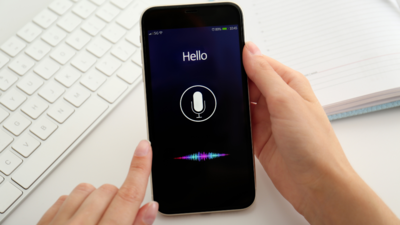In today’s technological world, AI has gained prominence in higher education, but its integration into children’s education remains limited. Yet, children are surrounded by technology, from gadgets to toys, which play a crucial role in shaping their environment. Introducing AI to young students is essential as it aligns their education with the rapidly evolving technological landscape. Early exposure to AI concepts fosters a generation of thinkers who are not just consumers of technology but also innovators and creators.
Future Skills Kids Can Learn from AI
AI is not just a subject to learn but a tool that can teach valuable skills for the future. By interacting with AI technologies, students can develop critical skills such as coding, data analysis, and problem-solving. Additionally, AI in education promotes cognitive skills like logical reasoning, creativity, and decision-making. By equipping children with these skills early on, we ensure they are well-prepared to excel in the rapidly evolving job market of the future.
Introducing AI to children at a young age increases STEM aptitude, transforming them into open-minded, curious individuals ready to innovate in the coming years. By incorporating age-appropriate courses in AI, robotics, and programming, we can nurture a generation of thinkers equipped to face future challenges. These young minds, energized by their early exposure to disruptive technologies, can pioneer inventions that will change the world forever.
Transformative Benefits of AI in Learning
Specialized Learning
According to Pankaj Kumar, Managing Director of Shard Center for Innovation, “AI personalizes learning experiences for young students by generating educational content based on their unique skills, interests, and learning styles. This specific approach not only improves knowledge but also builds a stronger connection to the learning process, resulting in higher retention and academic performance.”
Accessibility
AI can make education more accessible to students with different learning abilities and needs. For example, speech-to-text and text-to-speech technologies can aid students with learning disabilities, ensuring inclusive education for all.
Instant Feedback
AI helps students by providing immediate feedback. When they complete assignments or take tests, AI grading systems can instantly inform them of their performance. This helps students understand what they need to work on and how they can improve.
Virtual Learning
AI facilitates virtual classrooms and online platforms, making collaborative learning more accessible. With AI tools, students can interact, work on group projects, and support each other, creating a seamless online classroom experience.
Continuous Improvement
AI systems can continuously collect and analyze data on student performance, providing real-time insights into learning progress. This enables timely interventions and support, leading to improved learning outcomes.
Fostering Critical Thinking and Real-World Application
AI enhances problem-solving and critical-thinking abilities in young students. AI-powered educational platforms can present students with complex problems and guide them through the process of finding solutions. This active learning process encourages students to think critically, analyze data, and draw informed conclusions. By acquiring AI skills, students can position themselves for success in an increasingly AI-driven world, where their expertise will be highly valued.




